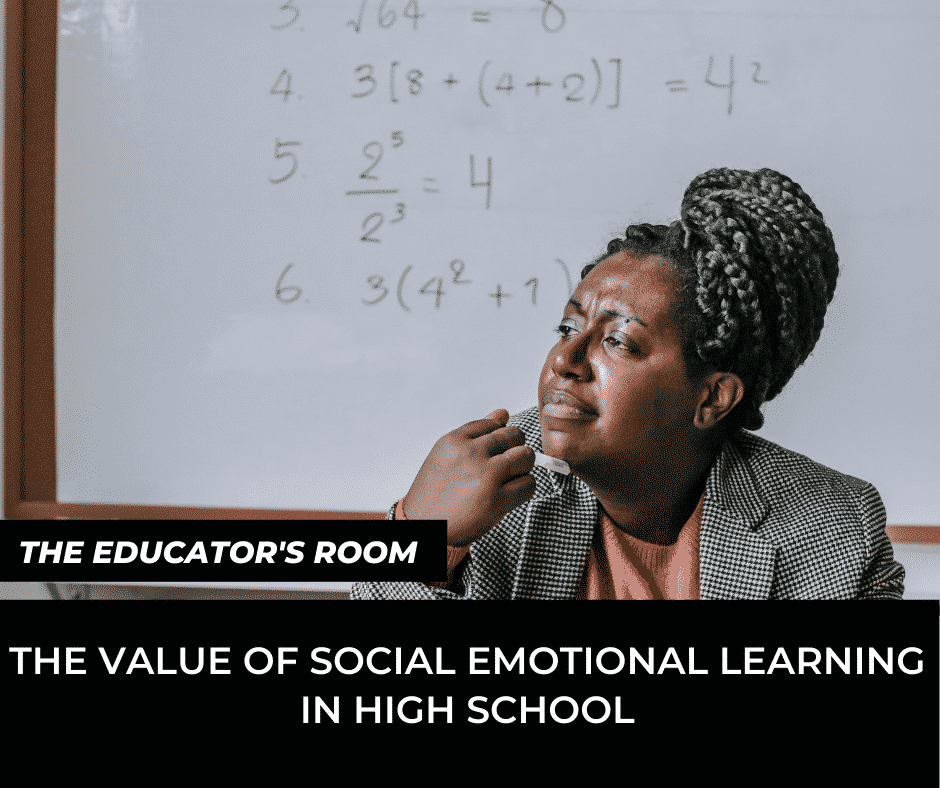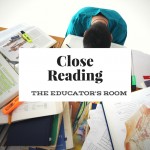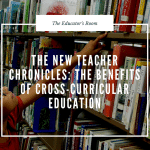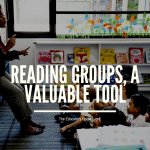In a year of challenges, obstacles, and proving our own resilience, social-emotional learning in the classroom is more important than ever. Teachers are burned out by the never-ending changes being thrown their way, while every student is processing recent events in their own way. For some, this can become overwhelming or distracting. Moreover, students are emotionally exhausted from lack of social connection, limited athletic outlets, long days spent staring at a computer screen, in addition to any personal struggles they are dealing with outside of school. Amidst this year, it has become increasingly evident that cultivating social-emotional skills is necessary to succeed in school, careers, and everyday life. Developing healthy coping mechanisms, stress management skills and understanding one’s emotions are crucial.
Emotional intelligence refers to one’s ability to process and express their emotions and empathize with others’ emotions. It requires a safe and comfortable space to express that vulnerability, and this space needs to be established by the administrators, teachers, students, and families. Every school community member contributes to the overall atmosphere, so it is important to prioritize this component. Furthermore, emotional resilience, or the ability to thrive in the face of challenges, takes strategy and patience to increase (Aguilar, 2018).
While emotional intelligence can focus on all age groups, I will focus on their experiences as a high school teacher. High school is a stressful time. They battle with social media comparisons, athletic performance, college recruitment, and competition for the highest grades, honors, and distinctions. However, this varies from school to school, and this pressure exists in the majority of adolescents. Recently, in a science class, I asked my high school students if they could think of an example of an intraspecific competition. One student immediately raised his hand and confidently stated, “Humans. Humans are by far the most competitive species, regardless of the resource if one person has it, another will want it.” I think this is telling in itself. This pressure creates stress, anxiety, health issues, and a myriad of cascading problems.
[bctt tweet=”“Humans. Humans are by far the most competitive species, regardless of the resource if one person has it, another will want it.” I think this is telling in itself. This pressure creates stress, anxiety, health issues, and a myriad of cascading problems.” username=””]
In light of this, I began incorporating mindfulness activities once a week in my classes. We would have a focus: stress about school, mental health, social media, etc. We would pick relevant topics to their lifestyles and take time during class to reflect independently. It was a chance for quiet, peace, and reflection amidst the hectic schedule and bustle through the hallways. Above all, with each of these reflection sessions, they create a goal for the week. This can be modified for the day, month, or even school year as well. Nevertheless, it creates a motive for them to accomplish and achieve, developing their confidence. I also incorporate dynamic groups, teaching them skills to work and cooperate with others. Cooperative learning allows them the chance to support one another through an academic challenge, articulate and communicate their ideas, and develop their own thinking. This practice encourages students to challenge themselves while feeling supported and requires “social and self-awareness” as they work alongside others (VanAusdal, 2019). The culminating product of these includes self-evaluation and peer reviews, monitoring their own progress, contributing to self-awareness, and holding one another accountable for participation.
It often feels there is a shortage of time and days to get through the necessary content. The high school curriculum is rigorous, and there is added pressure of taking the advanced classes and being involved in everything to catch the eyes of colleges. However, I have realized that making time for these moments is critical and improves students’ ability to retain information in class. They are calmer, more focused, and self-report less stress in class.
Seeing as this is a valuable addition to the school day, it is important to intertwine it into professional development. Schools need to emphasize the recognition and response to emotions. This can be through small group conversations, faculty retreats, or providing opportunities for faculty to share and demonstrate acceptance of emotions. It is also important to see this behavior and response from the administrators down, moving towards a more unified faculty and staff approach. As this trickles through the school hierarchy, it will inevitably translate into the classrooms. When a school becomes proactive in managing stress, achieving goals, and building confidence, it becomes a healthier workplace for the teachers and students. It will increase interest and motivation and reignite the joy of learning in place of the weight of stress. Social-emotional learning is not just being able to talk about feelings; it is a way of navigating through life, balancing the ups and downs. As teachers, we have the responsibility to educate the students on what will help them succeed, to prepare them for post-graduation. This is a real opportunity to cultivate skills that will last a lifetime and encourage continual personal growth.

Aguilar, E. (2018, May). Emotional Resilience: The Missing Ingredient. Educational Leadership: Bolstering the Teacher Pipeline, 75(8), 24-30.
VanAusdal, K. (2019, April 4). Collaborative Classrooms Support Social-Emotional Learning. Collaborative Classrooms, 14(22).





